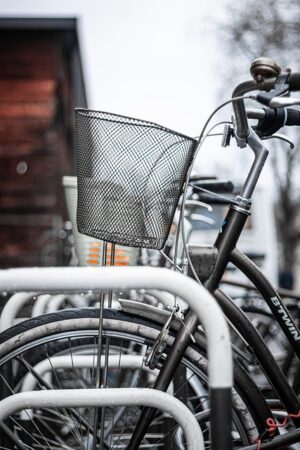Metal roofing is a top choice for commercial buildings due to its exceptional durability, strength, and performance advantages over traditional materials. Offering resistance to rust, rot, and fire, it comes in diverse styles like standing seam roofs and corrugated panels, enhancing both aesthetics and functionality. Ideal for industrial and warehouse settings with harsh weather and heavy loads, metal roofing extends building lifespans, reduces maintenance costs, and minimizes structural damage. With options tailored to specific needs—such as steel roofs for strength and corrugated panels for impact resistance—installation requires meticulous preparation and skilled techniques. Regular maintenance ensures longevity, with metal roofing lasting up to three times longer than traditional materials, proven by successful implementations globally.
Metal roofing has emerged as a leading solution for commercial buildings, particularly industrial and warehouse structures. Known for its exceptional longevity and strength, metal roofing offers unparalleled protection against harsh weather conditions and heavy loads. This article delves into the various aspects of metal roofing in commercial settings, exploring its advantages, types, installation processes, maintenance requirements, and successful case studies. By understanding these key factors, businesses can make informed decisions when choosing a durable and reliable roofing system for their facilities.
- Understanding Metal Roofing: A Durable Solution for Commercial Buildings
- Advantages of Metal Roofing in Industrial and Warehouse Settings
- Choosing the Right Metal: Types and Their Properties
- Installation Process: Ensuring a Strong and Secure Fit
- Longevity and Maintenance: What to Expect from Metal Roofing
- Case Studies: Successful Implementations of Metal Roofing in Warehouses
Understanding Metal Roofing: A Durable Solution for Commercial Buildings
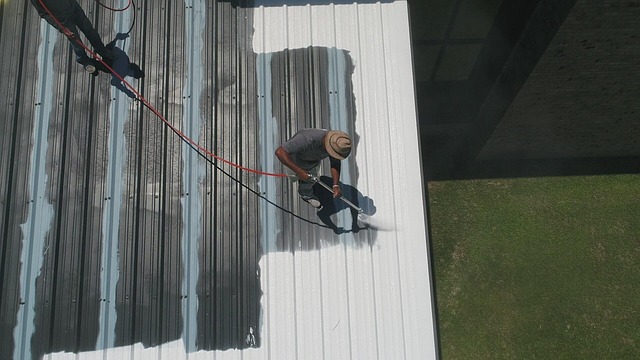
Metal roofing has emerged as a durable and reliable solution for commercial buildings, including industrial and warehouse structures. This robust material offers unparalleled strength and longevity, making it an ideal choice for properties that require high-performance protection against the elements. Unlike traditional roofing materials, metal roofing is resistant to rust, rot, and fire, providing peace of mind for building owners.
In terms of design and functionality, metal roofing comes in various styles such as standing seam roofs and corrugated roof panels. These options not only enhance the aesthetic appeal of commercial buildings but also ensure optimal performance in all weather conditions. The versatile nature of steel roofing allows it to be tailored to fit different architectural designs, making it a flexible choice for businesses seeking to upgrade their roofing systems.
Advantages of Metal Roofing in Industrial and Warehouse Settings
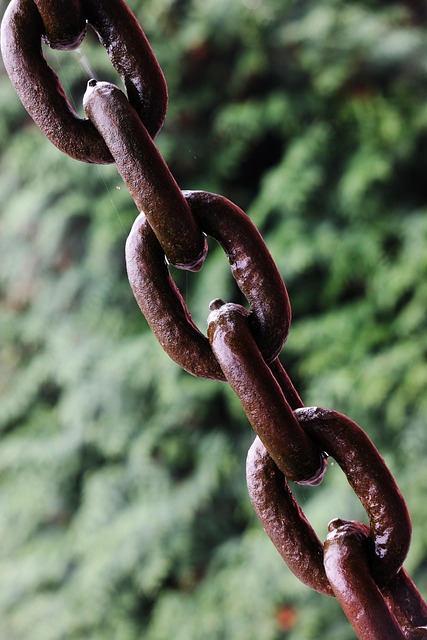
In industrial and warehouse settings, where structures often face harsh weather conditions and high loads, metal roofing offers unparalleled advantages. Its durability and strength are key attributes that make it a top choice for commercial properties. Metal roofing systems, such as standing seam roofs, provide exceptional resistance to intense storms, strong winds, and heavy snowfall—common challenges faced by large-scale buildings.
Furthermore, steel roofing or corrugated roof panels offer excellent protection against structural damage and can significantly extend the lifespan of industrial and warehouse facilities. The long-lasting nature of metal roofing means less frequent replacement or repair, which translates to cost savings in the long run. Additionally, these roofs are known for their low maintenance requirements, ensuring a hassle-free experience for property managers.
Choosing the Right Metal: Types and Their Properties
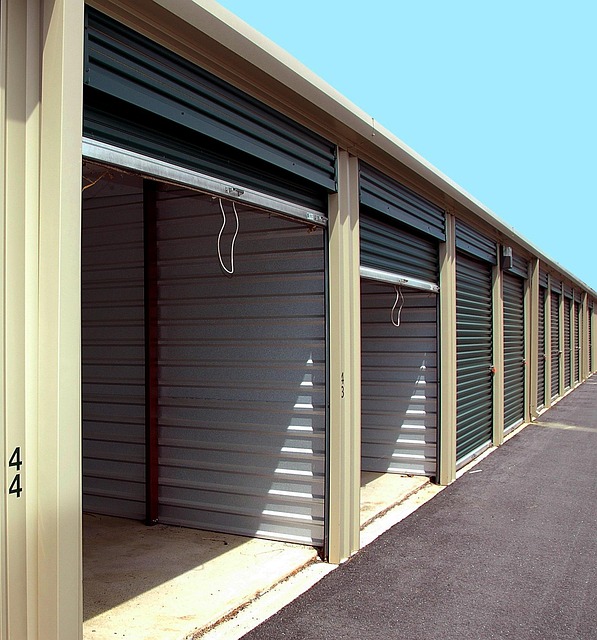
When it comes to selecting metal roofing for commercial or warehouse structures, understanding the diverse range of options is key. The market offers various types of metal roofing materials, each with unique properties that make them suitable for specific applications. Among the popular choices are steel roofing, known for its exceptional strength and durability, ideal for heavy-duty industrial environments. Alternatively, corrugated roof panels provide excellent resistance to impact and puncture, making them a top pick for warehouses and storage facilities where potential hazards exist.
One distinctive design worth considering is the standing seam roof. This style features interlocking panels that create a seamless finish, offering superior wind resistance and a sleek aesthetic. The versatility of metal roofing allows for customization to meet specific project requirements, ensuring longevity and strength while also enhancing the visual appeal of industrial buildings.
Installation Process: Ensuring a Strong and Secure Fit
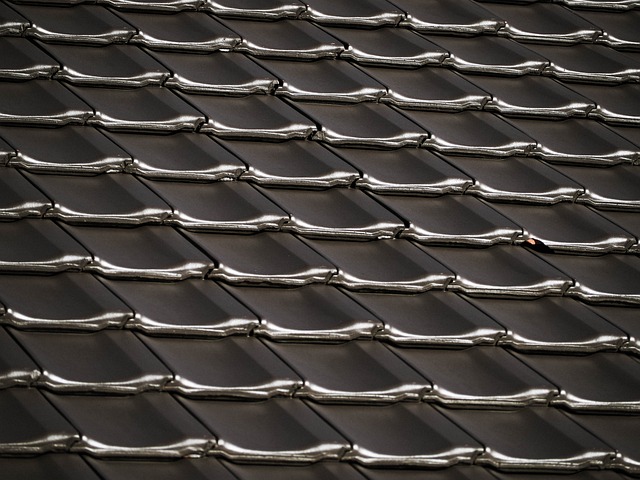
The installation process for metal roofing on industrial or warehouse buildings is a meticulous art that ensures longevity and structural integrity. It begins with thorough preparation of the roof deck, ensuring it’s clean, dry, and free from any debris or flaws. For commercial structures, this step is crucial as it forms the foundation for the robust steel roofing system to follow.
Specialized equipment and skilled laborers are then employed to securely attach the metal roofing panels. One popular method is the standing seam roof technique, where panels are locked into place using interlocking seams, creating a tight seal against the elements. Alternatively, corrugated roof panels can be used, offering exceptional strength-to-weight ratio and easy installation. Both methods guarantee a strong, secure fit, protecting the building from extreme weather conditions for years to come.
Longevity and Maintenance: What to Expect from Metal Roofing

Metal roofing has become a popular choice for commercial and industrial buildings due to its exceptional longevity and strength. When compared to traditional roofing materials, metal roofs can last up to three times longer—a significant advantage that translates into cost savings over time. This durability is attributed to the inherent properties of steel and aluminum, which are resistant to rot, mold, and pests.
Proper maintenance is key to maximizing the lifespan of a metal roof. With minimal care, these roofing systems can withstand extreme weather conditions and remain in pristine condition for decades. Regular inspections and cleaning are recommended to remove debris and prevent water damage. For commercial properties, a standing seam roof or corrugated roof panels can offer additional benefits, such as superior wind resistance and efficient drainage, ensuring your building remains protected against the elements year-round.
Case Studies: Successful Implementations of Metal Roofing in Warehouses
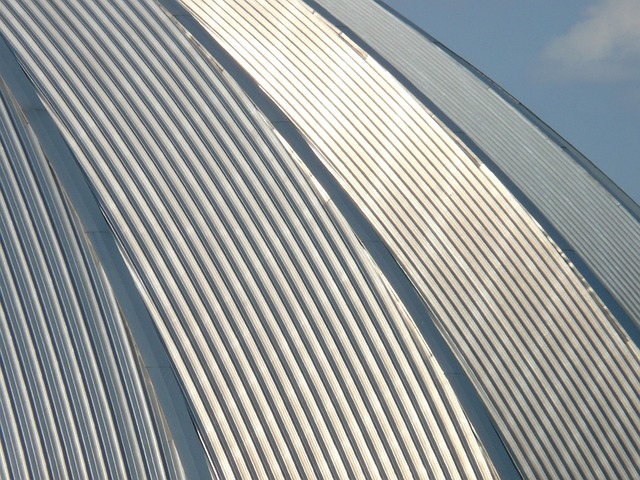
In various parts of the globe, industrial and warehouse facilities are embracing metal roofing as a durable and reliable solution. Case studies highlight successful implementations across diverse climates and sizes, showcasing the versatility of this material. For instance, a large distribution center in the Midwest, facing harsh winters and frequent storms, found that installing a standing seam roof significantly enhanced structural integrity, preventing damage from heavy snow loads and strong winds.
Another notable example involves an outdoor storage warehouse on the West Coast, where the decision to utilize corrugated roof panels proved invaluable. The facility, surrounded by rugged terrain and prone to strong coastal winds, experienced minimal damage over several years, attributing this success to the robust steel roofing. These real-world applications underscore the effectiveness of metal roofing in commercial settings, offering not just longevity but also peace of mind for warehouse operators worldwide.
